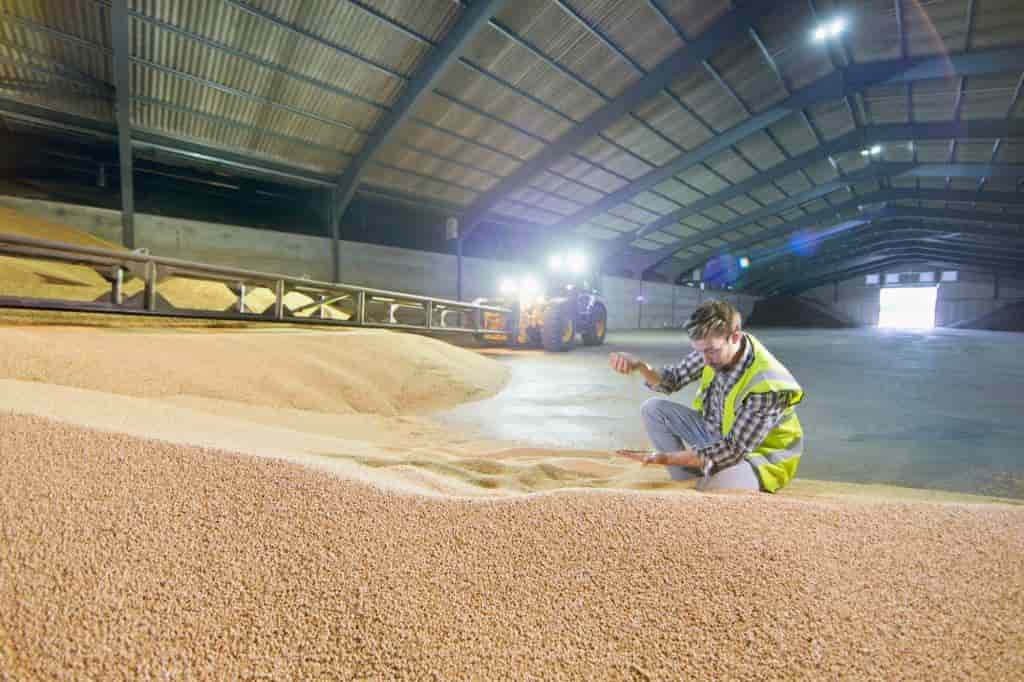Did you know that for most of human history, grains were the main sources of nutrients for most people? Even up to the eighteenth century, most calories consumed by humans came from grains. However, this changed as agricultural practices became more efficient and the human population exploded.
Today, people consume much higher quantities of meat and vegetables than grains. Most grains people consume come as ingredients in baked goods and other prepared foods. Knowing how to store them long-term is imperative for those who depend on grains to survive, such as on farms.
Are you a farmer looking to learn how you can implement long-term grain storage? If so, then this short and simple farmer’s guide is for you.
1. Proper Grain Quality at Harvest
Ensuring the quality of your grain during harvest sets the stage for successful long-term storage. Harvesting grain at the correct moisture content is critical to prevent mold growth and insect infestations.
To determine the moisture content of your grain, you can view grain moisture testers here. Different types of grain have specific moisture content thresholds for safe storage. Harvesting too early can result in overly dry grain prone to cracking and losses during handling. Harvesting too late can lead to high moisture levels that encourage spoilage.
2. Clean and Prepare Storage Facilities
Before storing grain, clean and prepare your storage facilities thoroughly. Remove any old grain residues, debris, or dust that could harbor pests or contribute to spoilage. Make necessary repairs to ensure the storage silo is airtight and well-ventilated. This prevents moisture buildup and temperature fluctuations that can degrade grain quality.
3. Temperature and Humidity Control
Maintaining proper temperature and humidity levels prevents mold growth and insect activity. Grain should be stored in cool, dry conditions to minimize the risk of spoilage. Consider using fans and proper ventilation systems to regulate air movement and temperature within the storage facility. Monitoring devices such as temperature and humidity sensors can help you stay on top of these conditions.
4. Regular Inspection and Monitoring
A practical way to keep the quality of your stored grain high is to check it often. Check the state of the grain regularly, looking for signs of damage like mold, discoloration, or pests.
If you see any changes, find out why they happened and fix the problem immediately. Monitoring can include looking at the grain with your own eyes and using technology, like remote cameras or wireless sensors, to track what’s happening in real time.
5. Pest Control Measures
Effective pest control is crucial for preventing losses and maintaining grain quality. Implement an integrated pest management (IPM) strategy that combines various methods to deter pests.
Physical barriers, such as sealing gaps and using insect-proof screens, prevent pests from entering the storage silo. Traps and pheromone-based monitoring systems can help identify and control pest populations.
Elevate Your Grain Storage Game With These Top Tips
Following these five tips for long-term grain storage will help farmers save money in the long run and protect their investments. Proper temperature, moisture levels, insect prevention, aeration, and cleaning are all key elements of a successful grain storage silo. Implement these tips and take charge of your farm’s future!
We hope this article was useful to you. If you enjoyed it, be sure to check out our blog for more great articles.


